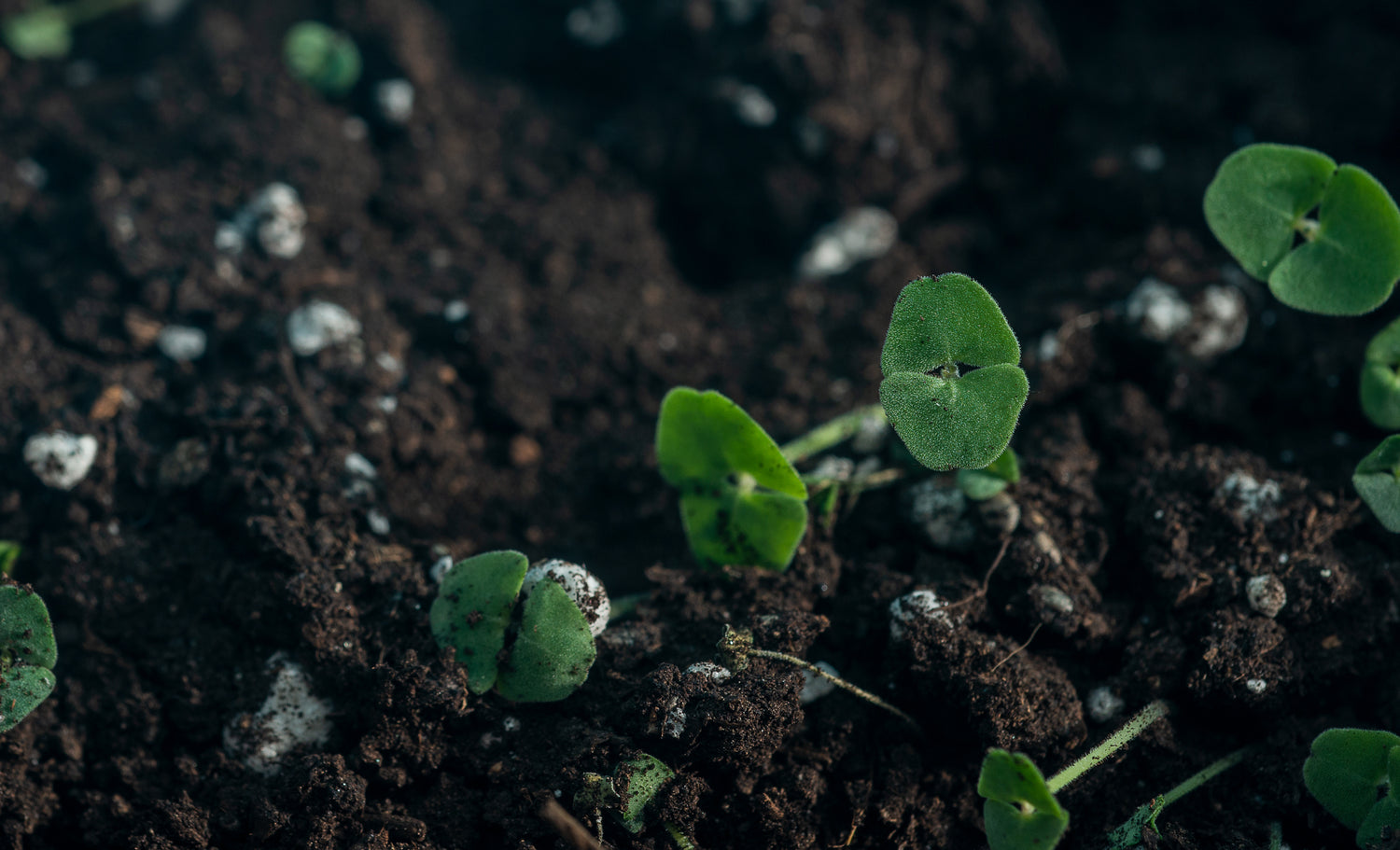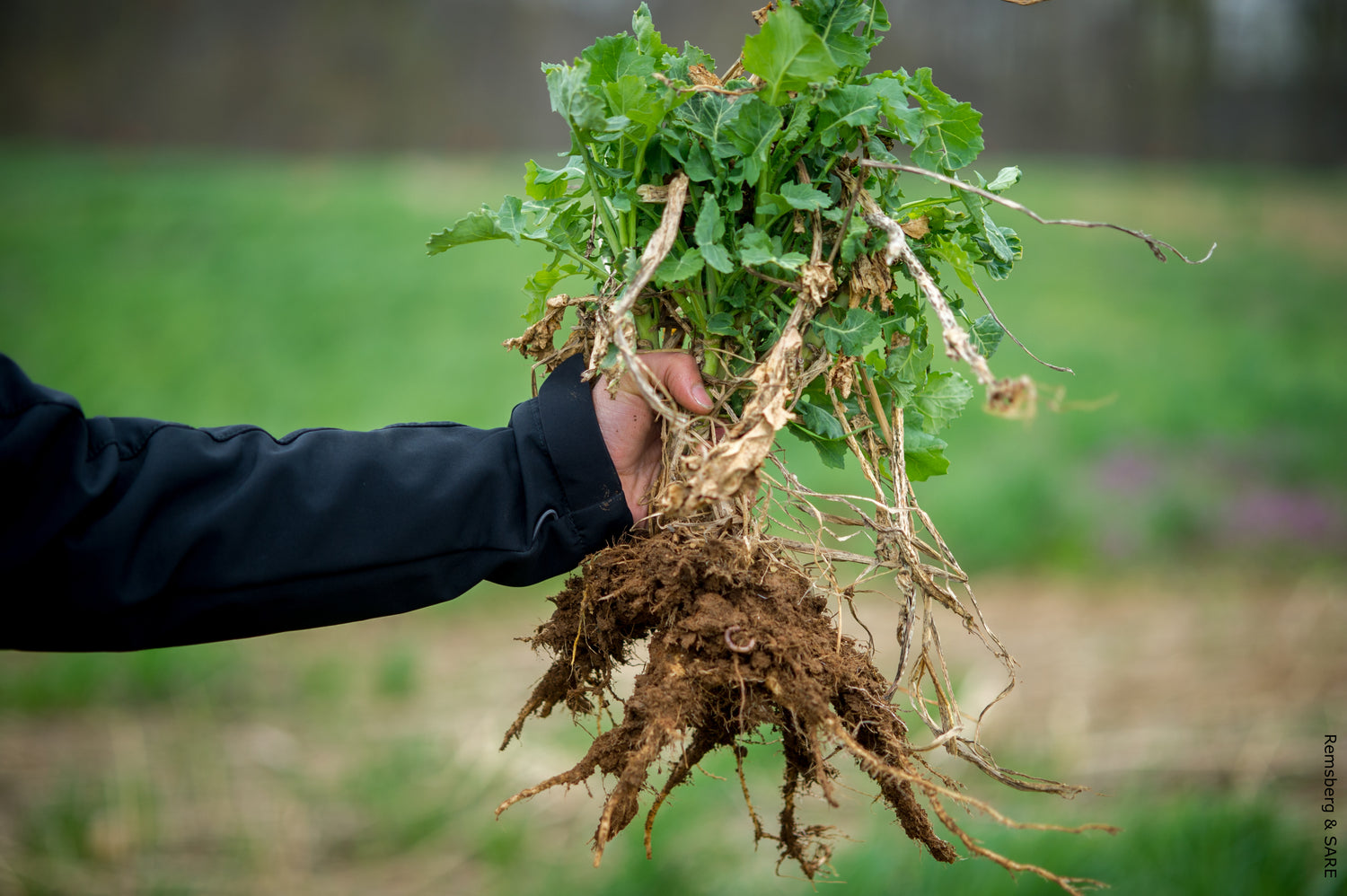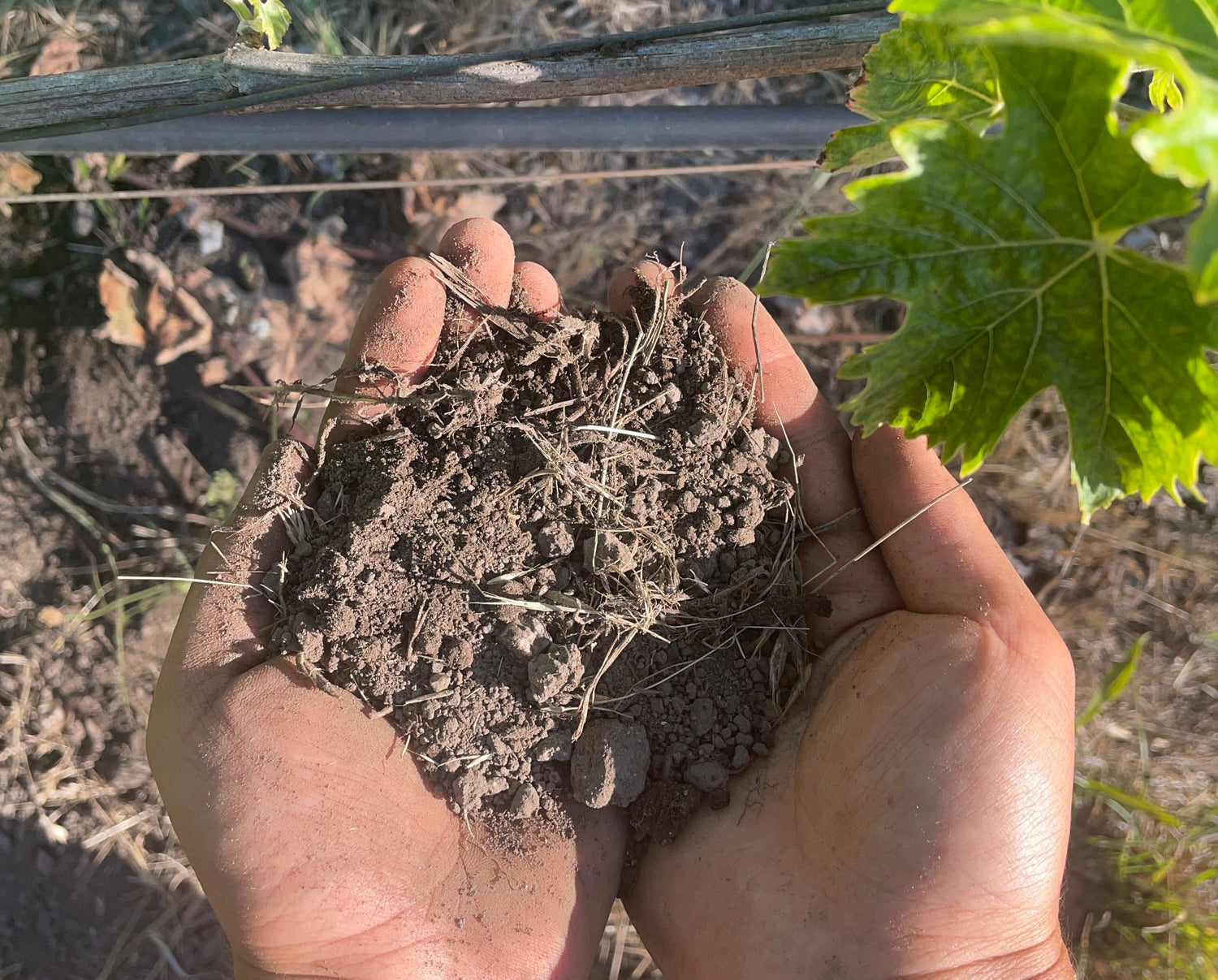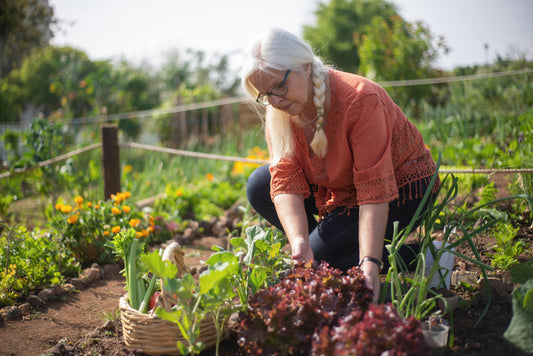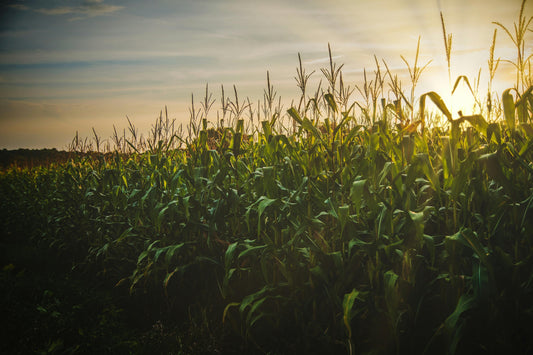The San Francisco Bay Area's diverse soil landscape reflects millions of years of geological activity, from ancient seafloor uplift to volcanic deposits and river sediments. Understanding these distinct soil types is crucial for successful gardening, farming, and conservation efforts across the region's varied microclimates and ecosystems.
The Bay Area contains six primary soil types: fertile alluvial soils in valleys, diverse Franciscan Complex soils, sandy marine terrace soils along coasts, mineral-rich serpentine soils supporting rare plants, volcanic ash soils ideal for viticulture, and modified urban soils requiring careful management.
Soils of the San Francisco Bay Area: A 2025 Guide
Geological Foundation and Climate Influence
The Bay Area's soils originate from the complex interaction of tectonic forces, volcanic activity, and sedimentary processes spanning millions of years. The region's Mediterranean climate, with wet winters and dry summers, creates distinct soil development patterns. According to the USDA Natural Resources Conservation Service, the area receives 15-60 inches of annual precipitation, with temperature ranges supporting diverse soil microbial communities essential for plant health.
The underlying geology includes the Franciscan Complex, Great Valley Sequence, and various volcanic formations that directly influence soil chemistry and structure. These geological foundations, combined with ongoing weathering processes, create the mosaic of soil types that define the region's agricultural and ecological character.
Major Soil Types and Their Characteristics
Alluvial Soils: Valley Fertility
Alluvial soils dominate the Santa Clara Valley, Napa Valley, and other low-lying areas where rivers have deposited sediments over thousands of years. These soils typically feature deep profiles with excellent drainage and high fertility. The USDA NRCS Soil Survey indicates these soils contain 2-4% organic matter and support the region's most productive agricultural areas.
These soils excel for vegetable crops, orchards, and vineyards due to their balanced texture and nutrient retention. However, they require careful management to prevent compaction and maintain organic matter levels through regular compost additions.
Franciscan Complex Soils: Geological Diversity
Derived from the Franciscan Complex bedrock, these soils occur throughout much of the Bay Area, particularly in hilly terrain. They vary significantly in texture from sandy loams to heavy clays, reflecting the diverse rock types in the parent material. According to University of California research, these soils often have variable drainage and may require amendments to improve fertility.
The high clay content in many Franciscan soils provides excellent nutrient retention but can create drainage challenges. Soil testing is essential to determine specific management needs for each site.
Marine Terrace Soils: Coastal Adaptation
Along the Pacific coast, marine terrace soils formed from uplifted ancient seafloor deposits. These soils typically have sandy textures with good drainage but may be prone to wind erosion. The California Coastal Commission reports these soils support unique coastal plant communities adapted to salt spray and summer fog.
These soils benefit from organic matter additions and erosion control measures, particularly native plant establishment to stabilize slopes and enhance habitat value.
Serpentine Soils: Unique Chemistry
Serpentine soils, derived from California's state rock, occur in scattered locations throughout the Bay Area. According to the California Native Plant Society, these soils have unusual chemistry with high magnesium-to-calcium ratios and elevated levels of heavy metals like nickel and chromium. This unique chemistry supports specialized plant communities found nowhere else.
These soils require no fertilization and support rare native plants that cannot survive in amended soils. Conservation of serpentine habitats is crucial for maintaining regional biodiversity.
Volcanic Ash Soils: Wine Country Foundation
Volcanic ash soils occur primarily in Napa and Sonoma counties, formed from ancient volcanic eruptions. These soils offer excellent drainage, good fertility, and unique mineral compositions that contribute to distinctive wine characteristics. Research from UC Davis indicates these soils retain moisture well while providing good root penetration.
The porous structure of volcanic soils makes them ideal for deep-rooted crops like grapes but susceptible to compaction from heavy machinery.
Urban Soils: Modified Landscapes
Urban soils throughout the Bay Area have been significantly modified by human activity. These soils may contain fill material, have altered drainage patterns, or contain contaminants from previous land uses. The EPA recommends testing urban soils for heavy metals and other contaminants before establishing food gardens.
Urban soils often benefit from raised bed construction with imported clean soil, or soil remediation techniques depending on contamination levels.
Soil Testing and Analysis
Proper soil testing forms the foundation of successful soil management in the Bay Area. The University of California Cooperative Extension recommends testing soil every 2-3 years for basic parameters including pH, nutrients, and organic matter content.
Standard soil tests should include pH measurement, since Bay Area soils can range from acidic in forested areas to alkaline in serpentine regions. Nutrient analysis for nitrogen, phosphorus, and potassium helps determine fertilizer needs, while organic matter testing indicates soil biological activity levels.
For urban locations or sites with unknown history, additional testing for heavy metals and other contaminants may be necessary. Certified laboratories like those at UC Davis or A&L Western Laboratories provide comprehensive soil analysis services.
Sustainable Soil Management Practices
Sustainable soil management in the Bay Area focuses on building soil health through organic matter additions, minimizing soil disturbance, and supporting beneficial soil organisms. The Rodale Institute's research demonstrates that these practices improve soil structure, water retention, and nutrient cycling.
Composting organic materials provides a local source of soil amendments while reducing waste. Cover cropping during winter months prevents erosion and adds nitrogen through legume species. Minimal tillage preserves soil structure and maintains fungal networks essential for plant health.
Native plant landscaping reduces water requirements and supports local ecosystems while requiring fewer soil amendments than non-native species.
Regional Challenges and Solutions
Climate change presents ongoing challenges for Bay Area soil management, including increased fire risk, variable precipitation patterns, and extended drought periods. The California Department of Water Resources reports that water conservation through improved soil management becomes increasingly important.
Soil compaction from urban development reduces water infiltration and increases runoff. Green infrastructure solutions like bioswales and permeable surfaces help address these issues while improving soil health in developed areas.
Wildfire impacts on soil require careful post-fire management to prevent erosion and restore soil biological activity. The California Department of Forestry and Fire Protection recommends specific restoration techniques for fire-affected soils.
Resources for Soil Testing and Management
Several local resources support soil testing and management throughout the Bay Area. UC Cooperative Extension offices provide educational programs and soil testing services. Master Gardener programs offer workshops on soil health and sustainable gardening practices.
Local nurseries and garden centers stock soil amendments and testing supplies. Professional soil testing laboratories provide detailed analysis for agricultural and residential applications.
The Natural Resources Conservation Service offers technical assistance for agricultural operations, including soil conservation planning and cost-share programs for soil improvement practices.
Conclusion
The San Francisco Bay Area's diverse soils reflect the region's complex geological history and support its rich agricultural and ecological heritage. Understanding these soil types and their management requirements enables gardeners, farmers, and land managers to work with natural systems rather than against them. Through proper testing, sustainable practices, and ongoing education, we can maintain and improve these vital soil resources for future generations.
Sources
- USDA Natural Resources Conservation Service. Web Soil Survey. https://websoilsurvey.sc.egov.usda.gov/
- University of California Agriculture and Natural Resources. Soil Management Guidelines. https://ucanr.edu/sites/Soil_Management/
- California Native Plant Society. Serpentine Soils Information. https://www.cnps.org/gardening/serpentine-soils
- Rodale Institute. Soil Health Research. https://rodaleinstitute.org/why-organic/organic-farming-works/soil-health/
- California Coastal Commission. Coastal Soils and Erosion. https://www.coastal.ca.gov/climate/slr/vulnerability-adaptation/hazards/
- EPA. Urban Soils and Contamination. https://www.epa.gov/brownfields/types-brownfield-grant-funding
- California Department of Water Resources. Soil and Water Conservation. https://water.ca.gov/Programs/Integrated-Regional-Water-Management







